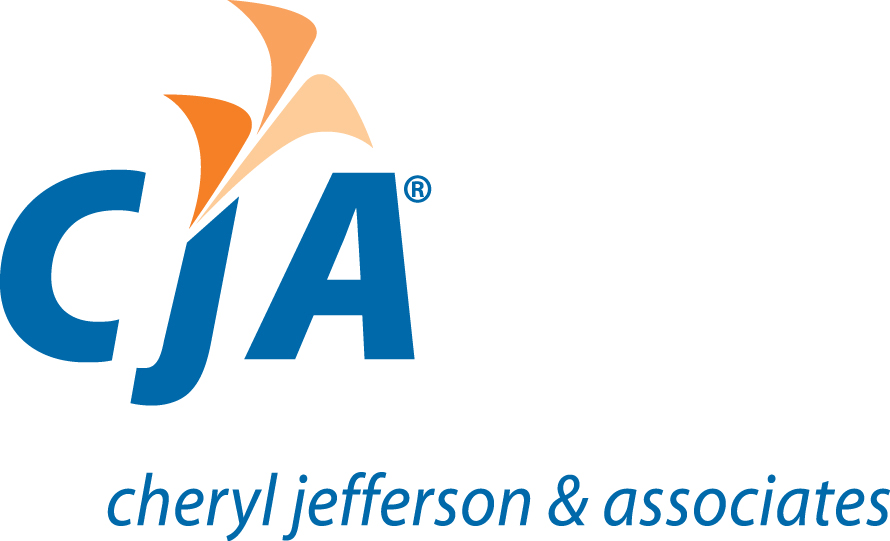Small businesses have various needs for financial statements. Lenders request them, investors request them, and even you should want to know about the financial position and progress of your business. Properly prepared financial statements can be elusive, if you don’t know what is supposed to go in them in order to meet everyone’s needs. This is where we can help.
An income statement, also known as a profit and loss statement, adds an itemized list of all your revenues/sales and subtracts an itemized list of all your expenses to come up with a profit or loss for the period.
An income statement allows you to…
- Track revenues and expenses so that you can determine the operating performance of your business.
- Determine what areas of your business are over-budget or under-budget.
- Identify specific items that are causing unexpected expenditures.
- Track dramatic increases in billing adjustments or cost of sales as a percentage of sales.
- Determine your potential income tax liability.
BALANCE SHEET
A balance sheet gives you a snapshot of your business’ financial condition at a specific moment in time.
A balance sheet helps you…
- Quickly get a handle on the financial strength and capabilities of your business.
- Identify and analyze trends, particularly in the area of receivables and payables. For example, if your receivables cycle is lengthening, maybe you can collect your receivables more aggressively.
- Determine if your business is in a position to expand.
- Determine if your business can easily handle the normal financial ups and downs of revenues and expenses.
- Determine if you need to take immediate steps to increase cash reserves.
- Determine if your business has been slowing down payables to forestall an inevitable cash shortage.
Balance sheets, along with income statements, are the most basic elements in providing financial reporting to potential lenders such as banks, investors, and vendors who are considering how much credit to grant you. This one statement informs them how much money a company has, how much the company owes and how much money is left for the stockholders.
STATEMENT OF RETAINED EARNINGS
Retained Earnings refers to the portion of net income that was not distributed to the owners of a company, but was reinvested (retained) by the business. The Statement of Retained Earnings or Statement of Retained Deficit, depending on the business performance, explains the changes in the company’s retained earnings over the reporting period.
The Statement of Retained Earnings is presented by breaking down the changes that affected the account like income or loss from operation activities, dividends declared, and other debits or credits to the retained earning account.
A statement of retained earning assist you..
- Determining the amount of funds that can be used to finance other areas of the company
- Determining funds that can be used to pay debt, to invest in new assets, research and development, for building improvements or expansion, for staff expansion, or other growth opportunities
- Determining the funds that are left after investing in growth activities that can be used to payout dividends
- See what banks and creditors see with how companies use their income for growth, expansion and payments of the company debt.
- Determine return on invested capital and return on assets ratios that show how well the company is handling their shareholder investments.
The company that retains their income for growth opportunities and payments of debt rather than payout of dividends is more likely to receive credit with favorable interest rates. Many creditors and investors monitor retain earnings for the company’s policy on dividend payouts to shareholders that have direct impact on ability to repay its liabilities.
STATEMENT OF EQUITY
Somewhat similar to the statement of retained earnings, the statement of Shareholders’, Members’ or Partners’ Equity not only includes retained earnings, but also owner investments into the company. Equity is the residual value in the assets when the debt is paid off to the creditors and when the obligations have been met.
With a statement of shareholders’, members’ or partners’ equity, you’ll be able to:
- Determine each owner’s “book” value of their share of the company
- Determine the amount of distributions that can be withdrawn from the company without an adverse impact (not tax basis)
STATEMENT OF CASH FLOWS
The statement of cash flows shows the movement of cash into and out of the company. It separates these “cash flows” into three categories…cash flow from operations, cash flow from investing activities, and cash flow from investing activities.
Cash flow from operations includes those payments and receipt in the general course of business. These would include receipts from customers, payments on vender bills, payroll, interest payments, and interest income. However, it also backs out noncash income statement line items such as bad debt and depreciation.
Cash flow from investing activities includes payments for the purchase of property and equipment, purchases of market securities, and loan made to other. Receipts of cash can be from the sale of assets or when debtors pay back debt.
Cash flow from financing activities includes payments and receipts used to finance the business. Payments on loans and lines of credit to creditors, distributions to owners, and payments on credit cards would be considered outflows of cash. Inflows of cash for financing purposes would be use of credit cards, proceeds from lines of credit or loans, and investment into the company by issuing stock or cash infusions by owners.
With a statement of cash flows you’ll be able to:
- Determine if business operations is generating cash income, not just paper income
- Determine how much was spent on buying property and equipment
- Determine if owner distributions are exceeding cash flow generated by operations
- Determining whether debt is being paid at a healthy rate
